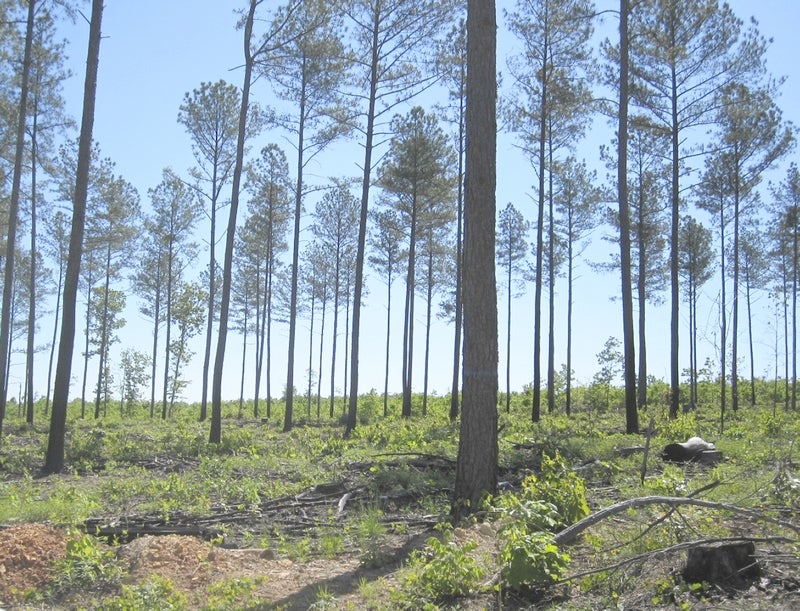Amy-Lynn Albertson: Money does grow on trees
Published 12:00 am Friday, October 14, 2016

- Cooperative Extension A thinned and burned pine stand.
By Amy-Lynn Albertson
Rowan County Extension Director
Managing your forestland can be an excellent long-term investment. Over
the years, income from managed timber stands has exceeded that from most other crops in terms of value added per acre per year.
Even managed pre-saleable timber stands have increased the property value of forestland substantially over bare or unmanaged, cutover woodland.
Annual returns from 0 to 40 percent are possible from forest management. The range of returns is wide because of variations in soil productivity, stand condition, tree species, markets (both availability and price fluctuations), intensity of management and availability of financial incentives.
In the early 1900s, standing Southern pine timber sold for roughly $1.85 per thousand board feet. Ninety years later, it sells for almost 122 times as much. This increase figures out to be more than 5 percent per year – which is more than inflation has been.
In today’s world it is easy to track investments and watch them grow. In forestry this is not so easy. It is not easy to see trees grow, but they do increase in size, as well as value.
In as little as 35 years, a well-managed stand of Southern pines can go from being seedlings to being harvested as saw timber. If this stand is well managed, it is capable of accumulating 250 to 500 board feet of volume per year.
As prices and volumes increase, trees generally become usable for higher value products, as they grow larger. Small trees, 4-6 inches in diameter, may only be suitable for pulpwood. Larger trees, 6-14 inches in diameter, can be used for chip-n-saw. Even larger trees, 14-plus inches in diameter, can be used for saw timber, with high quality stems qualifying as veneer logs and poles.
One pine tree, for example, with a 14-inch diameter and 55 feet in height, would be worth about $4 as pulpwood, $16 as chip-n-saw, but $46 as saw timber, and nearly $49 as pole or veneer stock.
In most of North Carolina, standing trees are roughly seven to eight times as valuable for solid wood products as for fiber or chip products. This makes it particularly important for landowners to manage for, and merchandise, the highest value products possible.
Of course trees have additional benefits as a crop for landowners. Trees do not have to be harvested each year. This allows for the landowner to harvest when markets are favorable. Also, the value growth each year is not taxable until the trees are harvested.
Both federal and state governments offer financial incentive programs for woodlot owners. Several of these programs provide cost-sharing payments that reimburse landowners for timber management activities. Other programs provide tax incentives, tax credits and deductions for reforestation expenses.
To find out more about these programs, come to the “Financial Incentives for Forest Management” seminar at the Rowan Cooperative Extension Center on Nov. 1 from 6-8 p.m. Extension Forestry Specialists and the North Carolina Forest Service will be on hand to answer questions about Forest Management and how to get the most profit from your forest investment. Call 704-216-8970 by Monday, Oct. 31, to register for this free program.



